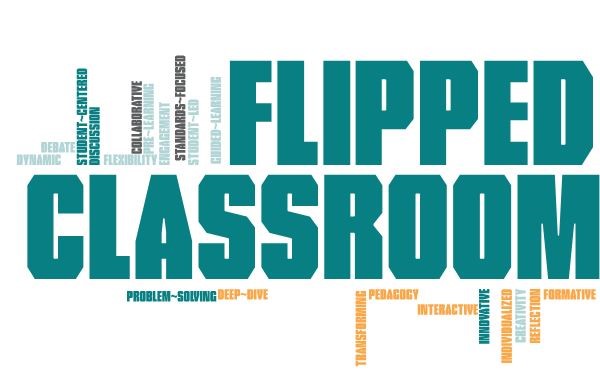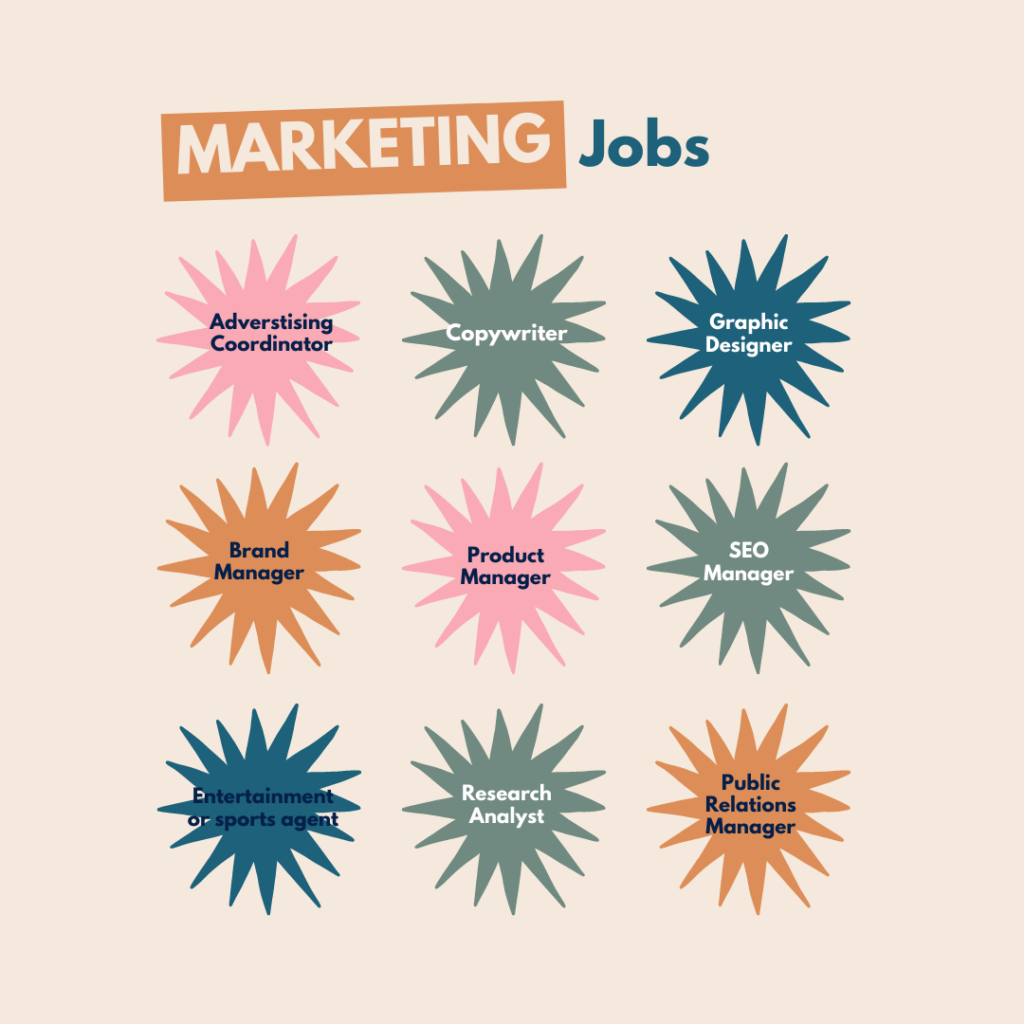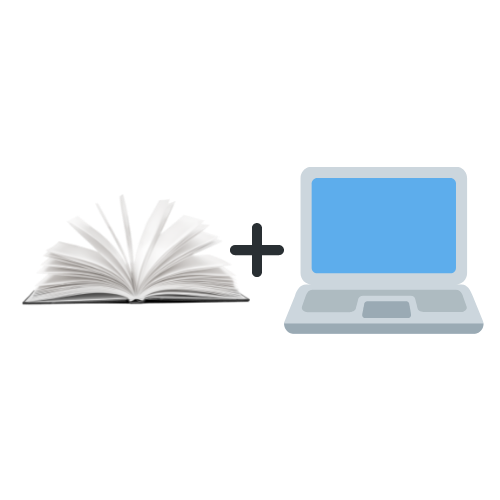
As a middle school career and technical education (CTE) teacher I regularly reflect about my practice and how I am effectively teaching the “T” in CTE. I teach two CTE subjects, textile arts – sewing and quilting, and marketing. My school is in a rural community where internet access outside of school is not equitable. Some students have full access, some students have to use their phones as hotspots, and some have no home access at all. While exploring module 2 the Knowledge Creator and ISTE Student Standard 3 – Knowledge constructor, I began to think about how I would like to see this implemented in my classroom.
I developed the following question: How can a flipped classroom be implemented to empower students to explore real-world issues in a middle school safe environment? This question really addresses two standards within the knowledge constructor category. Standard 1.3c: “Students curate information from digital resources using a variety of tools and methods to create collections of artifacts that demonstrate meaningful connections or conclusions (ISTE, n.d.). Standard 1.3d: “Students build knowledge by actively exploring real-world issues and problems, developing ideas and theories and pursuing answers and solutions (ISTE, n.d.).
Below is a visual diagram of how a flipped classroom looks. Students do much of the pre-learning outside of class so that when they are in the classroom they can begin applying hands on concepts to deepen their understanding.

According to the Flipped Learning Network, there are 4 pillars of key pillars of flipped learning. These pillars are a flexible environment, learning culture, intentional content and professional educator (Flipped Learning Network, n.d.). A traditional flipped classroom will often have short video lectures and reading assignments that are done outside of class, class time is then devoted to performance tasks and activities promoting deeper learning (Romero-Garcia, et. al., 2018). As mentioned earlier, my district has connectivity issues, so a traditional flipped classroom will not work for my community.
According to Michigan State University (n.d.) there are multiple reasons to consider flipping your classroom. The two reasons that drew me in with my student population were “Flipping helps students of all abilities to succeed” and “Flipping allows for real differentiation” (Bergmann & Sams, 2012, as cited in Michigan State University, n.d.). When working with a diverse learning population, being able to differentiate to meet all student needs is truly important.
As a hands-on l learner, I decided the best way to determine if I could make this work in my classroom, with my population, was to find an in-class flipped model and put it into action. I watched the video “The In-Class Flip” from the Cult of Pedagogy blog and I realized I could make this work in my classroom (Gonzalez, 2014). I ultimately decided to take one of the projects that I assign in my CTE Marketing class each term and turn it into a WebQuest. As I researched, I learned that WebQuests are a low stakes entry into the flipped classroom model and a great way to incorporate technology into the classroom. Here is a link to the WebQuest that I created for my students: http://www.zunal.com/webquest.php?w=769373.

The WebQuest is a jobs research project that I regularly assign at the start of a new term with new-to-me students. I made some very strategic decisions when designing this WebQuest in order to make sure I was meeting the state standards for CTE as well as the Pillars of Flip. My unit is designed to meet the following pillars of flipped learning: Flexible Learning (F), Learning Culture (L), Intentional Content (I), and Professional Educator (P) (Flipped Learning Network, 2014). F.2: continually observe and monitor students to make adjustments as appropriate. Students will be working on the project in my classroom and will be using cloud technology to design their projects, this will allow me to observe and make adjustments as needed based on my observations. L1 and L2 are built into the WebQuest. Students are given opportunities to engage with material without the teacher being central and the activities are scaffolded and broken down into smaller pieces to help students experience success. I2 is about creating or curating content for my students, this has also been built into the WebQuest – students are able to visit pre-selected websites as a starting point in their learning with the freedom to continue their research on other sites as well. The WebQuest also meets all three of the professional educator standards, as I am available to all students as needed for feedback, I am conducting ongoing formative assessments and I regularly reflect on my practice (Flipped Learning Network, 2014).
The WebQuest fulfills the ISTE Standards for Students Knowledge Creator. Students are curating information from various digital resources and are creating meaningful artifacts of their learning. Throughout the WebQuest, they are required to use cloud technology to create slide presentations, a mind map and shared documents where they will work collaboratively. This directly addresses ISTE Standard 1.3c. Additionally, students are building their knowledge by actively exploring real-world issues – learning what is required to become a successfully employed adult in the world of marketing, ISTE Standard 1.4c (ISTE, n.d.).
I actually started this WebQuest with the students in my classroom yesterday. The excitement in the room was palpable as students began reading through the WebQuest site and started selecting the marketing careers that they wanted to research. Throughout the WebQuest, I have built in opportunities for student check-ins, student and teacher reflections, and formative assessment. I am looking forward to seeing how my students adapt to this new to them learning experience.
References:
Flipped Learning Network. (2014, March 12). Definition of flipped learning. Flipped Learning Network. https://flippedlearning.org/definition-of-flipped-learning/
Flipped Learning Network. (n.d.). Flip Learning: A community resource brought to you by the flipped learning network. Flipped Learning Network. Retrieved January 30, 2022, from https://flippedlearning.org/
Gonzalez, J. (2014, March 24). The in-class flip [Video]. https://www.youtube.com/watch?v=hhq3Yn_QgIA
International Society for Technology Education. (n.d.). ISTE standards: Students. International Society for Technology in Education. Retrieved January 30, 2022, from https://www.iste.org/standards/iste-standards-for-students
Motameni, R. (2018). The Combined impact of the flipped classroom, collaborative learning, on students’ learning of key marketing concepts. Journal of University Teaching & Learning Practice, 15(3). https://ro.uow.edu.au/jutlp/vol15/iss3/4
Romero-Garcia, C., Buzón-García, O., & Touron, J. (2018). The flipped classroom model in online education for secondary teachers. Journal of Technology and Science Education, 9(2), 109-121. https://files.eric.ed.gov/fulltext/EJ1210850.pdf
University of Michigan. (n.d.). What, why, and how to implement a flipped classroom model. University of Michigan. Retrieved January 29, 2022, from https://omerad.msu.edu/teaching/teaching-skills-strategies/27-teaching/162-what-why-and-how-to-implement-a-flipped-classroom-model#top
University of Texas at Austin. (n.d.) Flipped classroom_CC&FIC.png. University of Texas at Austin. Retrieved February 8, 2022, from https://facultyinnovate.utexas.edu/file/1167

4 replies on “Choosing to Flip”
Thanks for sharing your best practice in implementing WebQuest to give opportunities to engage with the material without the teacher being central and the activities are scaffolded and broken down into smaller pieces to help students experience success. Our thoughts are parallel!
Thank you Ignasia. My students started the project last week and so far seem to be really enjoying the research aspect. I am so excited to see their final products!
Thanks for sharing more about how a flipped classroom model can work in a middle school setting. You have woven the ISTE Student Standard 1.3 Knowledge Constructor seamlessly into your work. I also appreciate the reasons that convinced you to try this in your own classroom: it enables all students to succeed and it provides authentic differentiation, which are key elements for effective teaching and learning.
Thank you Chelly. I am so excited to have found a way that allows me to meet my students needs and also to meet them where they are at scholastically. It will be so interesting to see the outcomes when they complete their projects.